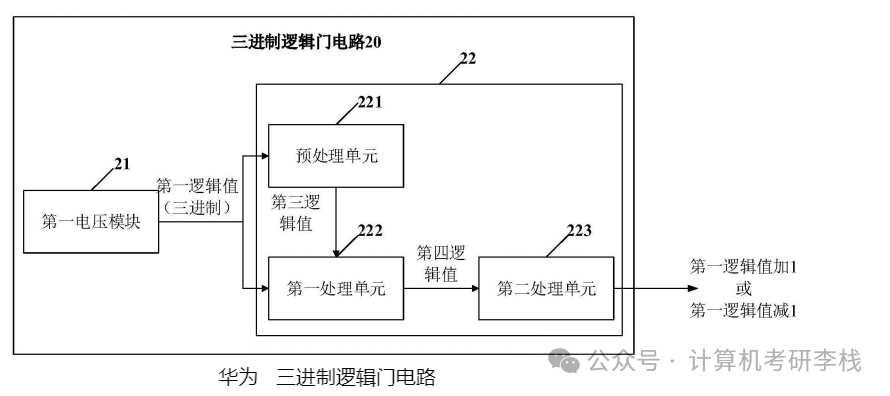
Today, let’s talk about a relatively advanced concept in C language—double pointers. Double pointers are like the “key to deep control” in the programming world, helping us implement more complex logic in memory operations. As a seasoned engineer graduated from Peking University, I will guide you through the charm of double pointers in an easy-to-understand way.
What are double pointers?
In C language, pointers are a powerful tool that allows us to directly manipulate memory addresses. A double pointer is a pointer to a pointer. This may sound a bit convoluted, but it essentially acts as a “pointer to a pointer” that points to the address of another pointer.
Imagine you have an address book (a single pointer) that contains the addresses of your friends’ homes. A double pointer is a pointer that points to this address book. Through the double pointer, you can find the address book and then find your friend’s home through it.
Application scenarios of double pointers
Double pointers are relatively less common but can be very useful in certain situations. They are mainly used to pass the address of a pointer rather than the value pointed to by the pointer. This is particularly useful when you need to modify the value of the pointer itself.
Let’s look at this example:

In this example, thechange function modifies the value of the single pointer pi through the double pointer p, making it point to the address of j. Thus,*pi will output the value of j.
Remember:
-
To change the value of a normal variable in a sub-function, you need to pass the variable’s address.
-
To change the value of a pointer variable in a sub-function, you need to pass the pointer variable’s address.
The principle of double pointers
Understanding double pointers hinges on grasping the levels of pointers. A single pointer stores the address of a variable, while a double pointer stores the address of a single pointer. This is like a nested box; when you open the double pointer, there is another box (the single pointer) inside, and you need to open this box to find the actual value.
Precautions for using double pointers
When using double pointers, there are several important points to note:
1.Memory management: Since double pointers involve deeper memory operations, special attention must be paid to memory management to avoid memory leaks or dangling pointers.
2.Type matching: When defining and using double pointers, ensure type matching. For example, if the single pointer points to an integer, the double pointer should be of typeint **.
3.Dereferencing order: The order of dereferencing is crucial when using double pointers. The correct order is to dereference the double pointer first, then the single pointer.
Practical applications of double pointers
Although the application scenarios for double pointers are limited, they are very useful in certain complex data structures and algorithms. For instance, in linked list operations, double pointers can be used to traverse and modify the nodes of the linked list.
Conclusion
Double pointers are an advanced concept in C language that can help us implement more complex logic in memory operations. By understanding the principles and application scenarios of double pointers, we can better master memory management techniques in C language.
 END
END